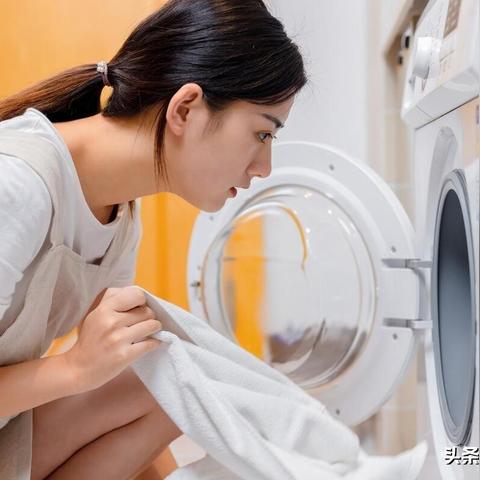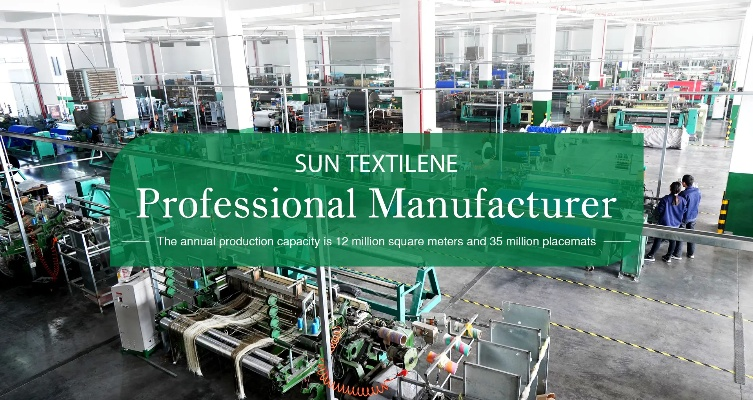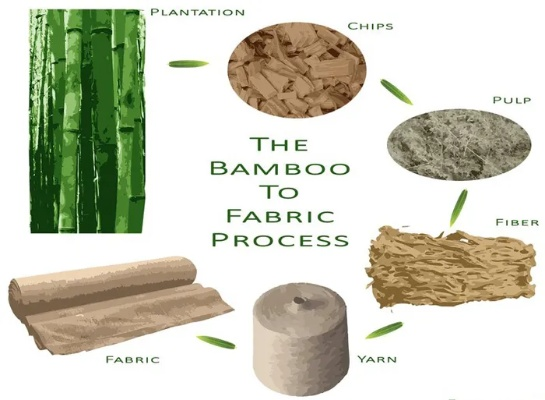The Perils of Textile Chemicals:A Comprehensive Guide to Harmful Residues
: The Perils of Textile Chemicals: A Comprehensive Guide to Harmful Residues,Abstract:,This comprehensive guide aims to provide an in-depth understanding of the harmful residues that can be found in textile chemicals, highlighting their potential impact on human health and the environment. The guide covers various types of textile chemicals, including dyes, softeners, and bleaches, and discusses the ways in which these substances can accumulate and become toxic over time. Additionally, it provides practical tips for minimizing exposure to these harmful residues, such as proper disposal methods and responsible use of products. By understanding the dangers associated with textile chemicals, individuals can take proactive steps to protect themselves and the environment.
Introduction: In the world of fashion and textiles, there is a delicate balance between beauty and safety. However, this balance can be disrupted by the presence of harmful chemicals in our clothing and accessories. In this guide, we will explore the various types of textile chemicals that are commonly used in production, their potential health impacts, and how to identify and reduce exposure to these substances.
Textile Chemicals Overview: Textile chemicals refer to the materials and substances used in the manufacturing process of textile products such as fabrics, yarns, and garments. These chemicals include dyes, pigments, softeners, anti-static agents, and flame retardants. While many of these chemicals are essential for the production of high-quality textiles, others can pose significant health risks if not properly managed.
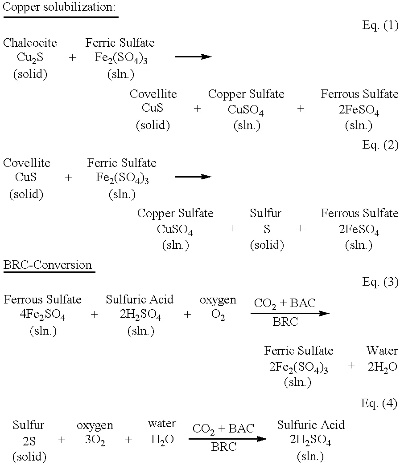
Potential Health Impacts: The use of certain textile chemicals can lead to various health issues, including allergic reactions, skin irritation, respiratory problems, and even cancer. For example, some dyes contain compounds that can cause skin sensitization and allergies in sensitive individuals. Additionally, some flame retardants have been linked to neurological disorders and reproductive problems in humans.
Common Textile Chemicals and Their Impact: Here is an overview of some of the most common textile chemicals and their potential health impacts:
-
Dyes: Dyes are used to color textiles, but they can also release harmful substances into the environment. Some dyes contain amines, which can cause skin sensitization and allergic reactions in sensitive individuals. Other dyes may contain heavy metals or formaldehyde, which can lead to respiratory problems or cancer.
-
Pigments: Pigments are used to add color to textiles, but they can also release toxic substances into the environment. Some pigments contain heavy metals, which can accumulate in the body and cause health problems. Others may contain volatile organic compounds (VOCs) that can irritate the skin and eyes.
-
Anti-Static Agents: Anti-static agents are used to prevent static electricity buildup on textiles, but they can also release harmful substances into the air. Some anti-static agents contain volatile organic compounds (VOCs) that can irritate the eyes and skin.
-
Flame Retardants: Flame retardants are used to prevent textiles from catching fire, but they can also release harmful substances into the environment. Some flame retardants contain phthalates, which have been linked to reproductive problems in humans. Others may contain heavy metals or formaldehyde, which can cause respiratory problems or cancer.
Identifying Harmful Residues: To reduce exposure to harmful textile chemicals, it is important to identify and avoid products containing these substances. Here are some tips for identifying harmful residues in textiles:
-
Look for labels: Check the labeling of your clothing and accessories for any warnings about harmful chemicals. Many countries require manufacturers to label their products with information about the chemicals used in their production.
-
Read product descriptions: Pay attention to the ingredients listed on the product description page. Look for words like "toxic," "hazardous," or "irritant" to identify products containing potentially harmful chemicals.
-
Choose natural fibers: Natural fibers like cotton, linen, and wool are generally considered safer than synthetic fibers like polyester and nylon. These fibers are less likely to contain harmful chemicals during the production process.
-
Avoid secondhand clothing: Secondhand clothing often contains trace amounts of harmful chemicals that were present in the original garment. It is best to buy new clothing to minimize exposure to these substances.
-
Use eco-friendly alternatives: Consider using eco-friendly alternatives like bamboo or hemp when purchasing textiles. These materials are grown without the use of harmful pesticides or chemicals and are generally considered safer for consumers.
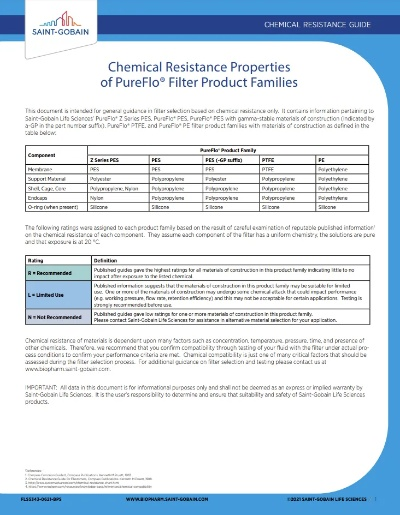
Conclusion: Textile chemicals play an important role in the production of high-quality textiles, but their presence can pose significant health risks if not properly managed. By understanding the potential health impacts of different textile chemicals and taking steps to identify and avoid harmful residues in our clothing and accessories, we can protect ourselves and our families from these hidden dangers. Remember to always choose products that prioritize safety and sustainability, and support brands that prioritize environmental responsibility.
纺织品有害残留物质概述
纺织品是我们日常生活中不可或缺的物品,它们涵盖了从衣物、家居用品到装饰品的各种材质,近年来纺织品中存在的有害残留物质问题引起了广泛关注,这些物质可能对人体健康造成潜在危害,因此我们需要深入了解纺织品中的有害残留物质及其来源。
有害残留物质种类及危害
常见有害残留物质种类
纺织品中常见的有害残留物质主要包括染料、助剂、防腐剂等,染料中的重金属、有机污染物等可能对人体健康造成长期影响;助剂中的挥发性有机化合物(VOCs)可能对人体呼吸道产生刺激,长期接触可能导致呼吸道疾病。
危害分析
有害残留物质可能对人体健康造成多种危害,包括但不限于:皮肤刺激、呼吸系统问题、神经系统损伤等,长期接触可能引发过敏反应、癌症等疾病,一些残留物质还可能对环境造成污染,影响生态平衡。
案例分析
以某知名品牌纺织品为例,我们可以通过案例分析进一步了解纺织品有害残留物质的问题。
案例:某品牌纺织品检测结果
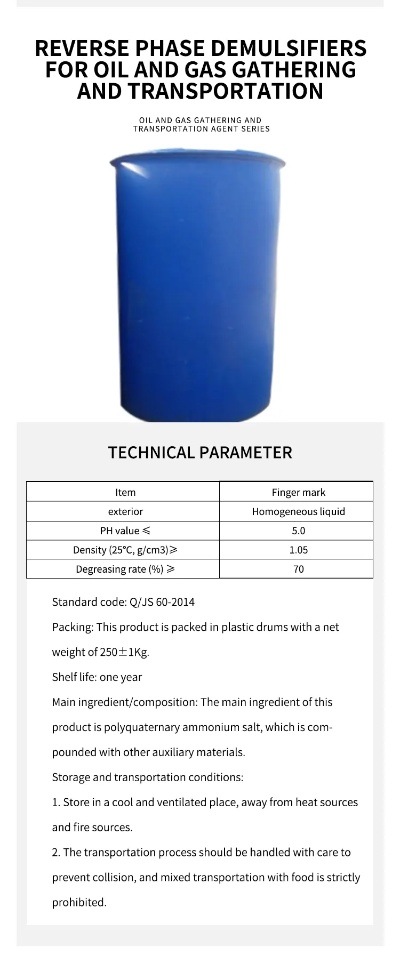
该品牌纺织品在经过检测后发现,某些特定颜色的染料中存在较高浓度的有害残留物质,这些残留物质可能对人体健康产生长期影响,尤其是对儿童、孕妇等敏感人群,该品牌纺织品在生产过程中可能使用了某些防腐剂,这些防腐剂可能对环境造成污染。
纺织品有害残留物质来源分析
-
生产环节:在纺织品生产过程中,可能存在多种来源导致有害残留物质产生,某些染料生产过程中可能使用了不符合标准的原料或添加剂,纺织品的加工过程中也可能存在化学处理、高温处理等环节,这些都可能产生有害残留物质。
-
销售环节:纺织品在销售过程中也可能存在有害残留物质问题,一些不良商家可能会使用低质量或不合格的原材料进行加工,或者在销售过程中添加有害残留物质以达到销售目的,一些进口纺织品也可能存在质量问题,需要关注进口环节的监管和质量控制。
预防与控制措施
为了解决纺织品有害残留物质问题,我们需要采取一系列预防和控制措施。
-
加强源头控制:从原材料采购开始,严格把控原材料的质量和安全标准,确保原材料符合相关法规和标准,加强生产工艺的控制和管理,减少有害残留物质的产生。
-
加强检测与监管:加强对纺织品生产、销售等环节的检测与监管力度,确保产品质量符合相关法规和标准,对于不合格的产品,应立即停止销售并采取相应措施。
-
提高消费者意识:加强消费者教育,提高消费者对纺织品安全的认识和意识,让消费者了解纺织品中的有害残留物质问题,以及如何正确选购和使用纺织品。
纺织品有害残留物质问题是一个亟待解决的问题,我们需要从源头控制、检测与监管、消费者意识等方面入手,采取一系列预防和控制措施,确保纺织品的安全和质量,我们也应该加强国际合作,共同应对纺织品有害残留物质问题,促进全球纺织品的可持续发展。
Articles related to the knowledge points of this article:
Comprehensive Guide to Fabric Prices in Jiangsu Province
A Glimpse into Textiles:A Comprehensive Guide to Portraits of Fabric Exhibits
The Global Supply Chain of Textiles:A Case Study of Renowned Manufacturers
The Art of Textile Design Splitting Flowers
Exploring the Market for Sustainable Textile Recycling in Fuzhou

